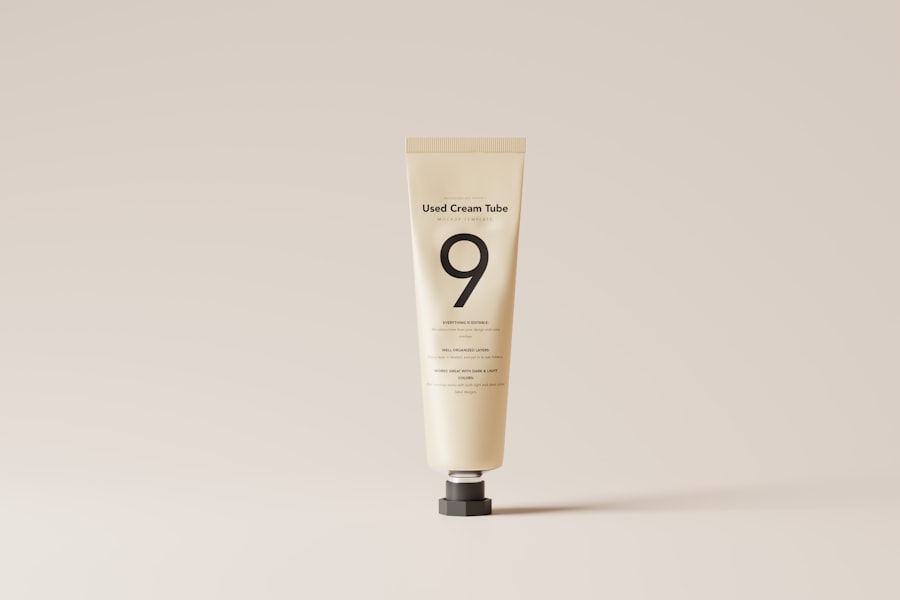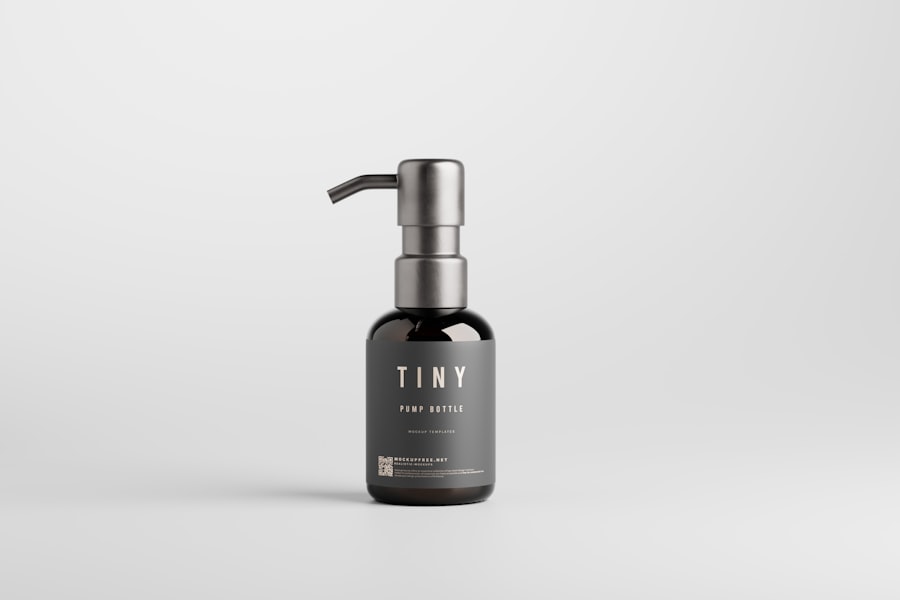When you consider laser hair removal, it’s essential to grasp how the process works. At its core, laser hair removal utilizes concentrated beams of light to target and destroy hair follicles. The laser emits a specific wavelength that is absorbed by the pigment in the hair, leading to its destruction while leaving the surrounding skin unharmed.
This method is not only effective but also offers a long-term solution for those tired of traditional hair removal methods like shaving or waxing. As you prepare for your sessions, understanding the technology behind it can help alleviate any concerns you may have. The procedure typically begins with a consultation where a professional assesses your skin type and hair color to determine the most suitable laser for your needs.
During the actual treatment, you may feel a slight tingling sensation as the laser targets the hair follicles. Depending on the area being treated, the session can last anywhere from a few minutes to over an hour. It’s important to note that multiple sessions are usually required to achieve optimal results, as hair grows in cycles, and the laser is most effective on hair in the active growth phase.
By familiarizing yourself with this process, you can approach your treatments with confidence and clarity.
Key Takeaways
- Laser hair removal targets hair follicles with concentrated light energy to inhibit future hair growth
- Proper aftercare is crucial for minimizing potential side effects and ensuring optimal results
- Preventing infections and complications involves keeping the treated area clean and avoiding sun exposure
- Minimizing discomfort and side effects can be achieved through the use of cooling gels and avoiding hot showers
- Prolonging the results of laser hair removal requires regular maintenance sessions and sun protection
Importance of Proper Aftercare
Minimizing Discomfort and Preventing Complications
Proper aftercare not only helps in minimizing discomfort but also plays a vital role in preventing complications. By following recommended guidelines, you can enhance your skin’s recovery and maintain the effectiveness of the treatment.
Soothing Irritation and Redness
One of the primary reasons aftercare is so important is that it helps to soothe any irritation or redness that may occur post-treatment. Your skin may feel warm or tender, similar to a mild sunburn. Applying soothing lotions or gels can provide relief and promote healing.
Protecting Your Skin from the Sun
Additionally, avoiding sun exposure is critical during this time, as your skin will be more susceptible to damage. Wearing sunscreen and protective clothing can safeguard your skin and ensure that you enjoy the long-term benefits of your laser hair removal sessions.
Preventing Infections and Complications

Infections and complications are potential risks associated with any cosmetic procedure, including laser hair removal. After your treatment, your skin may be more vulnerable to bacteria and irritants, making it essential to take proactive measures to prevent any adverse effects. Keeping the treated area clean and avoiding touching it unnecessarily can significantly reduce the risk of infection.
You should also refrain from using harsh soaps or exfoliants that could irritate your skin during the healing process. Another critical aspect of preventing complications is being mindful of your activities post-treatment. Engaging in strenuous exercise or activities that cause excessive sweating can exacerbate irritation and increase the likelihood of infection.
It’s advisable to wait at least 24 hours before resuming such activities. By being cautious and attentive to your body’s signals, you can help ensure a smooth recovery and enjoy the benefits of your laser hair removal without unnecessary setbacks.
Minimizing Discomfort and Side Effects
| Technique | Effectiveness | Side Effects |
|---|---|---|
| Proper Injection Technique | High | Minimal pain and bruising |
| Use of Topical Anesthetics | Moderate | Temporary skin numbness |
| Cooling Devices | Low | Temporary redness and swelling |
While many people find laser hair removal to be a relatively comfortable procedure, some may experience discomfort or side effects afterward. To minimize these sensations, there are several strategies you can employ. First and foremost, communicating with your technician about any concerns you have before the treatment can help them tailor their approach to your comfort level.
They may offer cooling gels or numbing creams to alleviate any potential discomfort during the procedure. Post-treatment, you can further manage discomfort by applying cold compresses to the treated area. This can help reduce swelling and soothe any irritation you may feel.
Additionally, over-the-counter pain relievers can be effective in managing any mild pain or discomfort that arises after your session. By taking these steps, you can enhance your overall experience and ensure that any side effects are kept to a minimum.
Prolonging the Results of Laser Hair Removal
To maximize the benefits of laser hair removal, it’s essential to take steps that prolong its results. One of the most effective ways to do this is by adhering to a consistent treatment schedule as recommended by your technician.
In addition to regular treatments, maintaining healthy skin is vital for prolonging results. Hydrating your skin and using gentle skincare products can help keep it in optimal condition. Avoiding harsh chemicals or abrasive scrubs will prevent irritation and allow your skin to heal properly after each session.
By prioritizing both your treatment schedule and skincare routine, you can enjoy smooth, hair-free skin for an extended period.
Recommended Aftercare Practices

Aftercare practices play a pivotal role in ensuring that you achieve the best results from your laser hair removal sessions. One of the most important recommendations is to keep the treated area clean and moisturized. Using a gentle cleanser followed by a soothing moisturizer can help maintain skin hydration and promote healing.
Look for products that are free from fragrances and harsh chemicals to avoid further irritation. Another key practice is to avoid sun exposure for at least two weeks following your treatment. If you must go outside, wearing protective clothing and applying a broad-spectrum sunscreen with a high SPF is essential.
This will not only protect your skin but also prevent pigmentation changes that can occur after laser treatments. By adhering to these aftercare practices, you can significantly enhance your results and enjoy smoother skin for longer.
Potential Risks of Neglecting Aftercare
Neglecting aftercare following laser hair removal can lead to several potential risks that may compromise your results and overall skin health. One of the most significant risks is developing skin irritations or infections due to improper care of the treated area. If you fail to keep the area clean or expose it to irritants, you may experience redness, swelling, or even pustules that could require medical attention.
Additionally, neglecting aftercare can result in suboptimal results from your treatment. If you expose your skin to sunlight without protection or fail to follow up with recommended sessions, you may find that hair regrowth occurs more quickly than anticipated. This not only diminishes the effectiveness of your investment in laser hair removal but also leads to frustration as you navigate unwanted hair once again.
By prioritizing aftercare, you safeguard both your skin’s health and the longevity of your results.
Consultation with a Professional
Before embarking on your laser hair removal journey, consulting with a qualified professional is paramount. A skilled technician will assess your individual needs and provide personalized recommendations based on your skin type and hair characteristics. This initial consultation is an opportunity for you to ask questions about the procedure, discuss any concerns you may have, and understand what to expect throughout the process.
Moreover, ongoing communication with your technician during treatment sessions is crucial for ensuring comfort and satisfaction with results. They can guide you through each step of the process and make adjustments as needed based on how your skin responds.
After undergoing laser hair removal, it is crucial to follow proper aftercare instructions to ensure the best results. One article that delves into the importance of aftercare for laser hair removal can be found at this link. This article discusses the necessary steps to take post-treatment to maintain smooth and hair-free skin. By following these guidelines, individuals can prolong the effects of their laser hair removal treatment and achieve optimal results.
FAQs
What is laser hair removal aftercare?
Laser hair removal aftercare refers to the steps and precautions that need to be taken after undergoing a laser hair removal treatment. It includes post-treatment care to ensure the best results and to minimize any potential side effects.
Why is aftercare important for laser hair removal?
Aftercare is important for laser hair removal to ensure the treated area heals properly, to minimize the risk of complications such as skin irritation or infection, and to maximize the effectiveness of the treatment. Proper aftercare can also help to reduce the chances of hyperpigmentation or hypopigmentation.
What are some common aftercare practices for laser hair removal?
Common aftercare practices for laser hair removal include keeping the treated area clean and moisturized, avoiding sun exposure, wearing sunscreen, avoiding hot showers or baths, and avoiding activities that may cause excessive sweating.
How long does aftercare for laser hair removal last?
Aftercare for laser hair removal typically lasts for a few days to a few weeks, depending on the individual’s skin type, the treated area, and the specific laser used for the treatment. It is important to follow the aftercare instructions provided by the laser hair removal technician or dermatologist.
What are the potential risks of not following proper aftercare for laser hair removal?
Not following proper aftercare for laser hair removal can increase the risk of side effects such as skin irritation, redness, swelling, blistering, or changes in skin pigmentation. It can also prolong the healing process and may reduce the effectiveness of the treatment.





